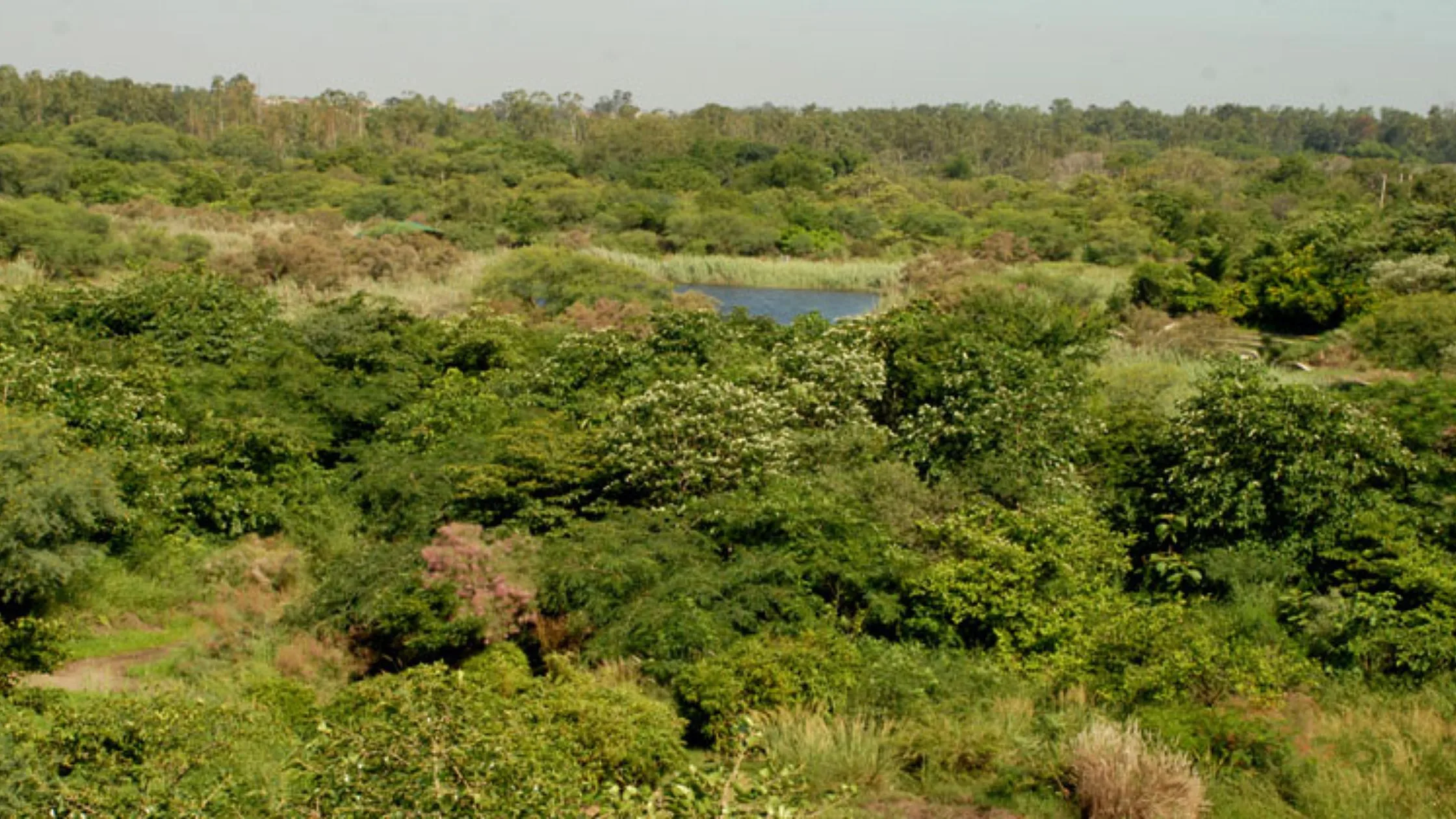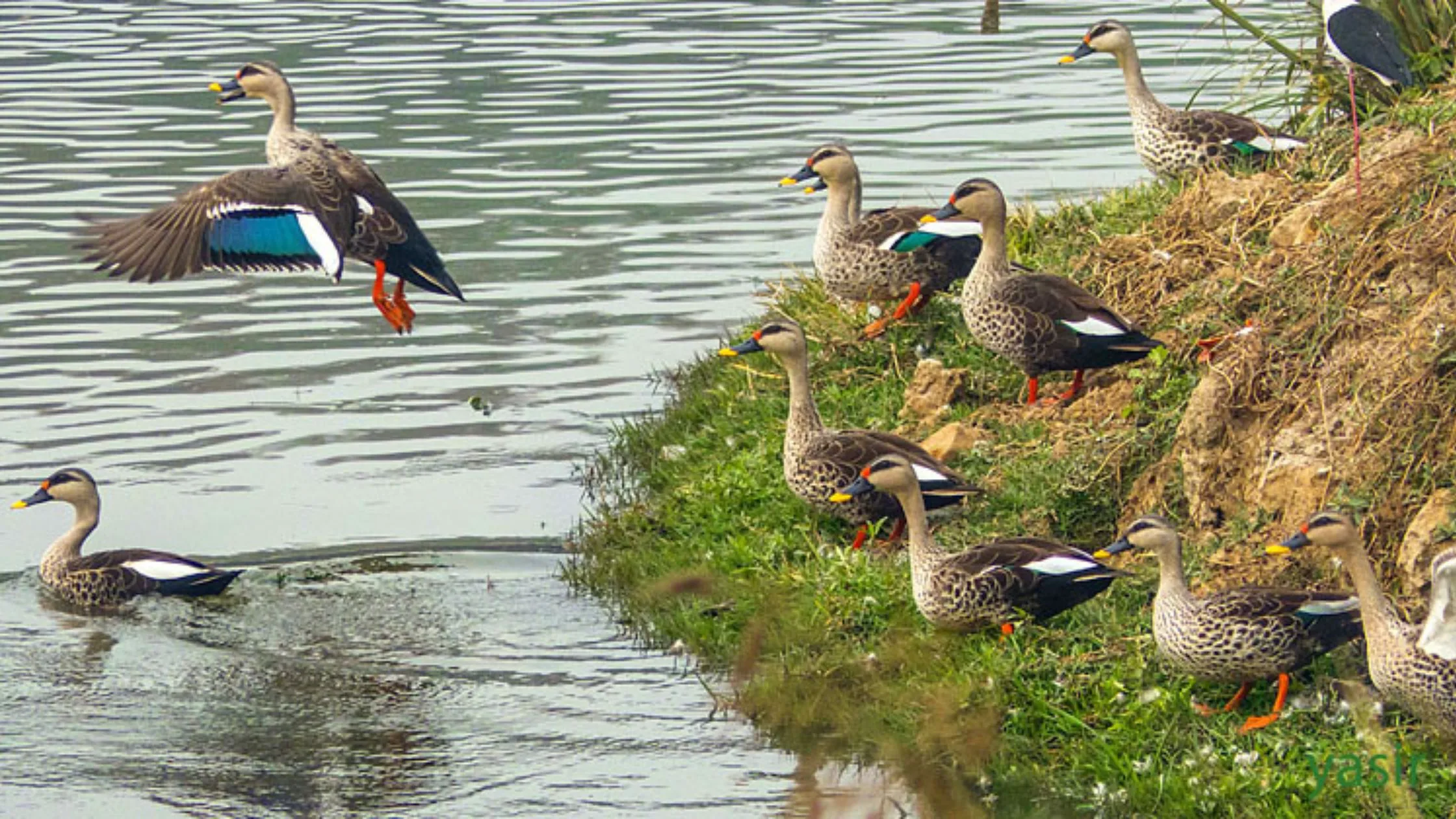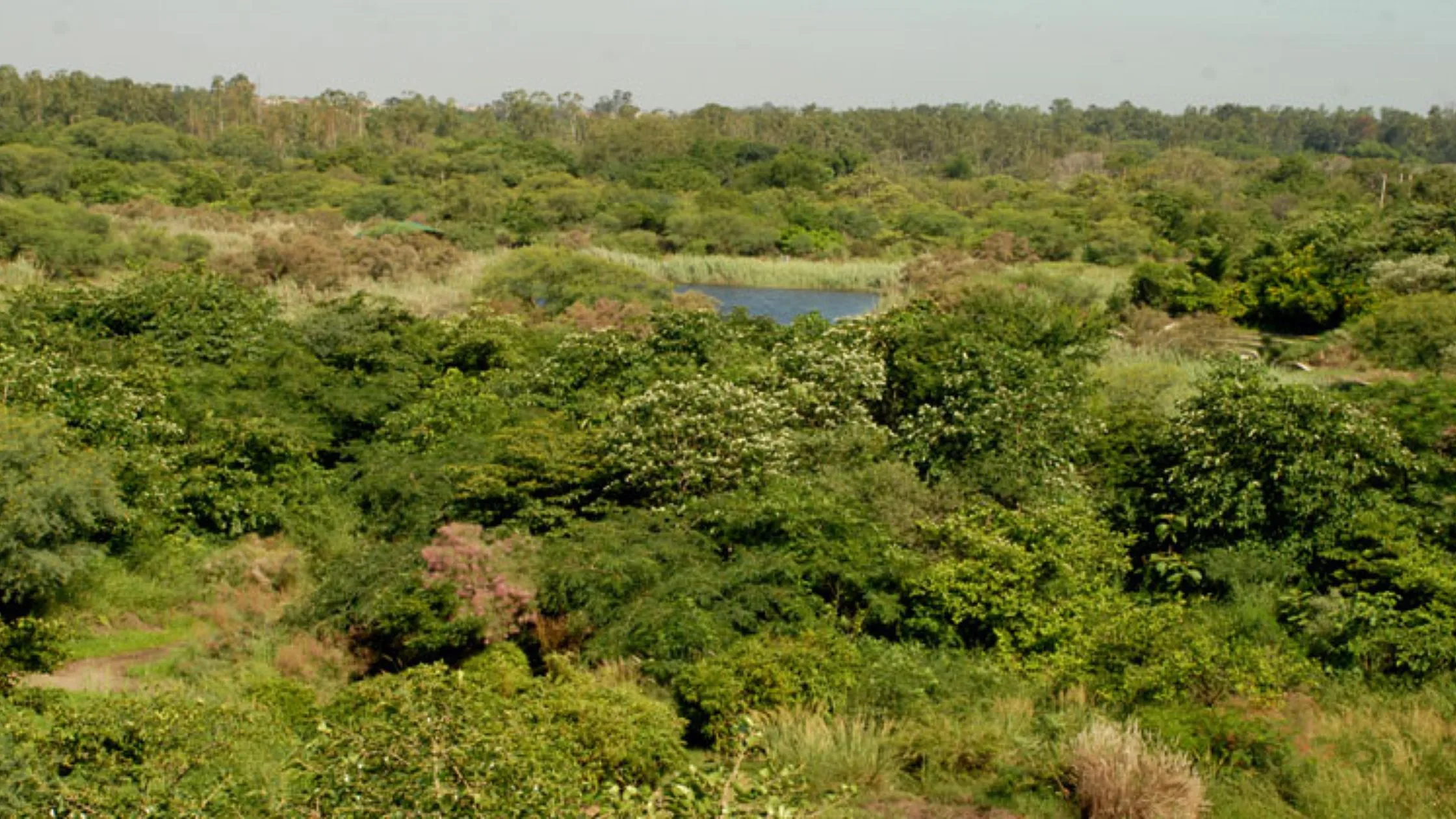We all know that Delhi is a metropolitan city and one of the best ones in India. There is a lot to witness in Delhi, including old monuments, tall buildings, new structures, etc. But very few people know that there is a green side of Delhi, which is preserved and taken good care of.
If you’re a nature lover, you must have knowledge about the 7 biodiversity parks which fall in the territory of Delhi. These parks have something special, including their flora and fauna or the migratory birds that come to visit each season.
The government and authorities put in great effort to restore these biodiversity zones and preserve them for the beings of nature. Today, they stand in a very good position in Delhi and adorn the natural surroundings. These biodiversity parks, unlike Zoos, let diversity coexist peacefully.
All in all, these parks are of great prominence for the city. You can go hiking in the parks, enjoy the elements of nature and learn a lot more about the area that you are living in. Today, we will give you some interesting facts and information about these parks, which will make you want to visit these parks even more!
1. Yamuna Biodiversity Park

Located near the Wazirabad Village, the Yamuna Biodiversity Park is spread over an area of around 457 acres. The park is a habitat of resident and migratory birds, including some exclusive animals such as the Blue Bull, known as “Nilgain.”
Earlier, the floodplains of Yamuna, which the region comprised of, became barren. Thus, it became difficult for the biodiversity there to survive. As a result, a conservation plan was initiated, which turned out to be a success.
Today, the park is home to over 200 species of birds, 10 species of snakes, and other mammals such as Indian Civet, Nilgai, Wild Boars, Porcupines, etc. It is also the abode of 75 species of butterflies.
The park is situated on the banks of the river Yamuna and receives hoards of migratory birds each season.
2. Aravalli Biodiversity Park

This biodiversity park comes in the area of Vasant Vihar. It is spread over an area of 699 acres of land on the foothills of the famous Aravlli range. Earlier, the area used to be brimming with flora and fauna of different species. However, due to mining activities in the past and the infestation of Prosopis Juliflora (Vilayti Kikar), the biodiversity of the area became nearly extinct.
The park is currently preserved and maintained with the objective of bringing back the lost biodiversity, which the Aravallis of Delhi once featured. Also, the park has been designated as a biodiversity hotspot to increase awareness amongst the local people so that they can learn to co-exist with nature.
The agencies are working to conserve the medicinal plants, Orchids, Ferns, Butterflies, Sacred Grove, and multiple birds, amphibians, reptiles, and mammals that belong to this region.
3. Neela Hauz Biodiversity Park

Neela Hauz was earlier the source of water supply to South Delhi. However, it was filled with solid waste, and the construction of the Aruna Asaf Ali Bridge deteriorated the condition of the area. This caused the birds and plants in the area to relocate or die.
As a result, restoration work began on the lake, at it was designated as a Biodiversity Park. With wastewater treatment and other such treatments, the area was cleaned to make it fit for inhabitation. Also, around 10,000 native specie plants were planted by students, and the Neela Hauz Biodiversity Park was inaugurated in 2016. Since then, it has been a preserved biodiversity park in Delhi.
4. Tilpath Valley Biodiversity Park

Spread over an area of 69 hectares, Tipath Valley Biodiversity Park is one of the most scenic natural landscapes in the Delhi NCR region. It falls on the Southern Ridge along the Aravalli Ranges, surrounded by picturesque valleys. It is also mythologically important as it is one of the five villages which Pandavas demanded from Duryodhana in Mahabharata.
The park formed a valley, which receives drainage from all four sides. This deteriorated its quality and called for restoration. The restoration works aimed to bring back the green cover on the varied landscapes of the parking area.
As a result, the Tilpath Valley Biodiversity Park was created to support the residence of grassland plants, birds, and animals. Today, the park is home to House Sparrows, Bee-eaters, Silverbills, Indian Hares, Jackals, and many such animals and birds.
5. Kamla Nehru Ridge

Also known as the Northern Ridge, the Kamla Nehru Ridge is a biodiversity area spread across 122 hectares on the North Campus of Delhi University. It is divided into 6 segments, as many major roads pass through the Ridge.
The topography of the ridge is varied, and it has valleys, gentle slopes, and even flat hilltops. The place is the abode of various species of plants that are native to the palace. However, the infestation of a Mexican weed caused the flora here to deteriorate.
As a result, the authorities began preservation work to eradicate alien species and provide abundant sunlight to the native species for better growth and survival. At present, the Kamla Nehru Ridge holds 87 species of native plants, 64 bird species, 3 species of amphibians, 7 species of mammals, and 31 butterfly species.
6. Tughlaqabad Biodiversity Park

The biodiversity park is a part of the Tughlaqabad Forest area and is spread over 200 acres. The terrain of the place comprises ridges and depressions, which makes it a perfect wandering spot for nature lovers. The park is a part of Delhi’s natural heritage, and it plays a major role in recharging groundwater and sinking CO2 and other pollutants.
The authorities regularly work to protect the flora of the place from herbivores and grazers. Also, they protect it from alien weeds and plants that may cause the degradation of the place. It is also in the process of being transformed into a recreational park. This biodiversity park is a great place for students and observers to learn about the native plants of Delhi.
7. Kalindi Biodiversity Park
Kalindi Biodiversity Park is a vital area of conservation and home to the floodplains of Yamuna. The soil erosion and land degradation led to the deterioration of the floodplains, which became a cause of concern. Also, it hindered the lives of the birds, plants, and animals which were native to the place.
As a result, the area was added to the list of biodiversity parks in 2015, making it the centre of restoration work. The plains are a part of the Yamuna River and its riverbanks, and thus, cleaning the river was a big part of the restoration. Also, various species of native plants and birds were restored at the place.
Final Words
The work of the authorities in restoring these areas by converting them into biodiversity parks is commendable. However, it is also the duty of the citizens and nearby residents to not interfere with the biodiversity and treat it with utmost care.
If you wish to explore these areas, you can go, but only to the extent that they are not protected. Also, you will probably need some guidance and approvals before making a visit. Yet, these places are worth your time and visit. So check out these biodiversity parks in Delhi, which will make you fall in love with nature all over again!



